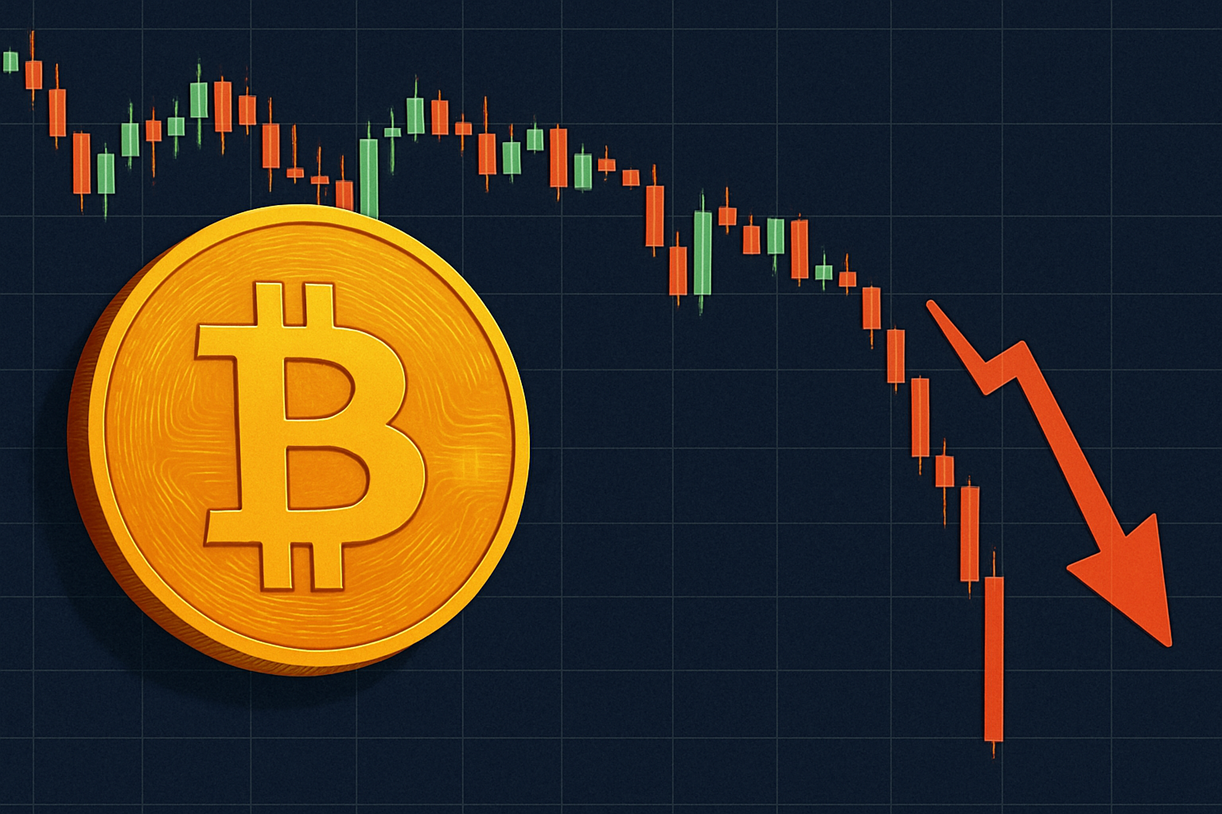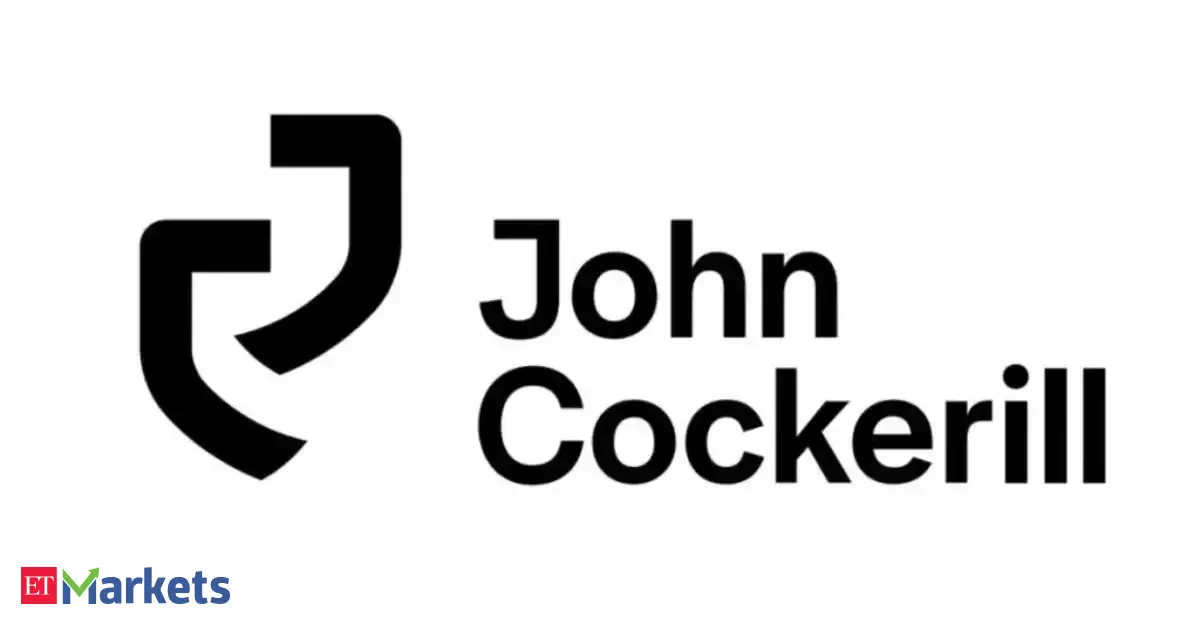The agency analysed over 400 companies accounting for over 50 per cent of NSE’s market capitalisation to arrive at its estimates. Some companies, especially in the information technology sector have already announced their earnings.
Improved showing by the consumer-driven sectors excluding staples will be a key contributor for the topline growth, while the bottom line will benefit from a mixed set of aspects which are unique to a sector, it said.
Crisil Intelligence’s director Pushan Sharma said consumer discretionary products, services and staple services segment is expected to see 8-9 per cent on-year increase in revenue.
“This would be led by an expected 15 per cent surge in telecom services revenue resulting from significant tariff hikes implemented in the second quarter and the introduction of premium 5G plans by telecom operators.
“The retail segment likely saw a robust 17 per cent growth, led by demand in the value fashion, and food and grocery segments, as well as an expansion of store networks,” Sharma said. The automobile sector’s revenue likely grew 6 per cent as retail momentum for passenger vehicles picked up and realisations rose owing to a change in the product mix and increasing share of exports, Sharma said. The fast-moving consumer goods (FMCG) segment is expected to see 4-6 per cent revenue growth led by price hikes amid subdued volume growth, it said, adding that rural demand has been resilient and urban demand has stayed subdued.
Overall exports revenue is likely to grow 4 per cent, including 2-3 per cent growth in IT services revenue following a marginal improvement in demand and project pick-ups and 8 per cent in the pharmaceutical sector.
In the agriculture sector, including fertilisers, revenues are likely to grow 17-19 per cent with consumption improving, following a stable summer crop acreage and higher disposable incomes stemming from better yields and remuneration for kharif paddy.
In construction-linked sectors, revenue growth is seen limited to 1-2 per cent as cheaper steel imports throughout the year resulted in lower prices.
However, steel prices have improved sequentially after the announcement of safeguard duty, it noted.
On the profitability front, its associate director Elizabeth Master said, “the top 10 sectors, which collectively account for over 70 per cent of revenue, showed a mixed trend in EBITDA margins.”
Five sectors including export-driven ones such as pharmaceuticals, investment-linked ones such as power, and consumer discretionaries such as telecom services, likely saw margin expansion, Master said.
Five other sectors — automobile, IT services, FMCG, cement, and steel — saw margins decline in the March quarter.
The automobile sector’s EBITDA margin fell by 1 percentage point following a 25 per cent increase in aluminium prices driven by inventory decline and supply concerns in various global regions.
The margin in IT services is estimated to have fallen by up to 0.40 per cent on-year owing to higher marketing and travel spends.
The FMCG sector margin likely slipped 0.50-1 per cent on increased cost of essential inputs such as palm oil, tea and dried coconut kernels, the agency said.













